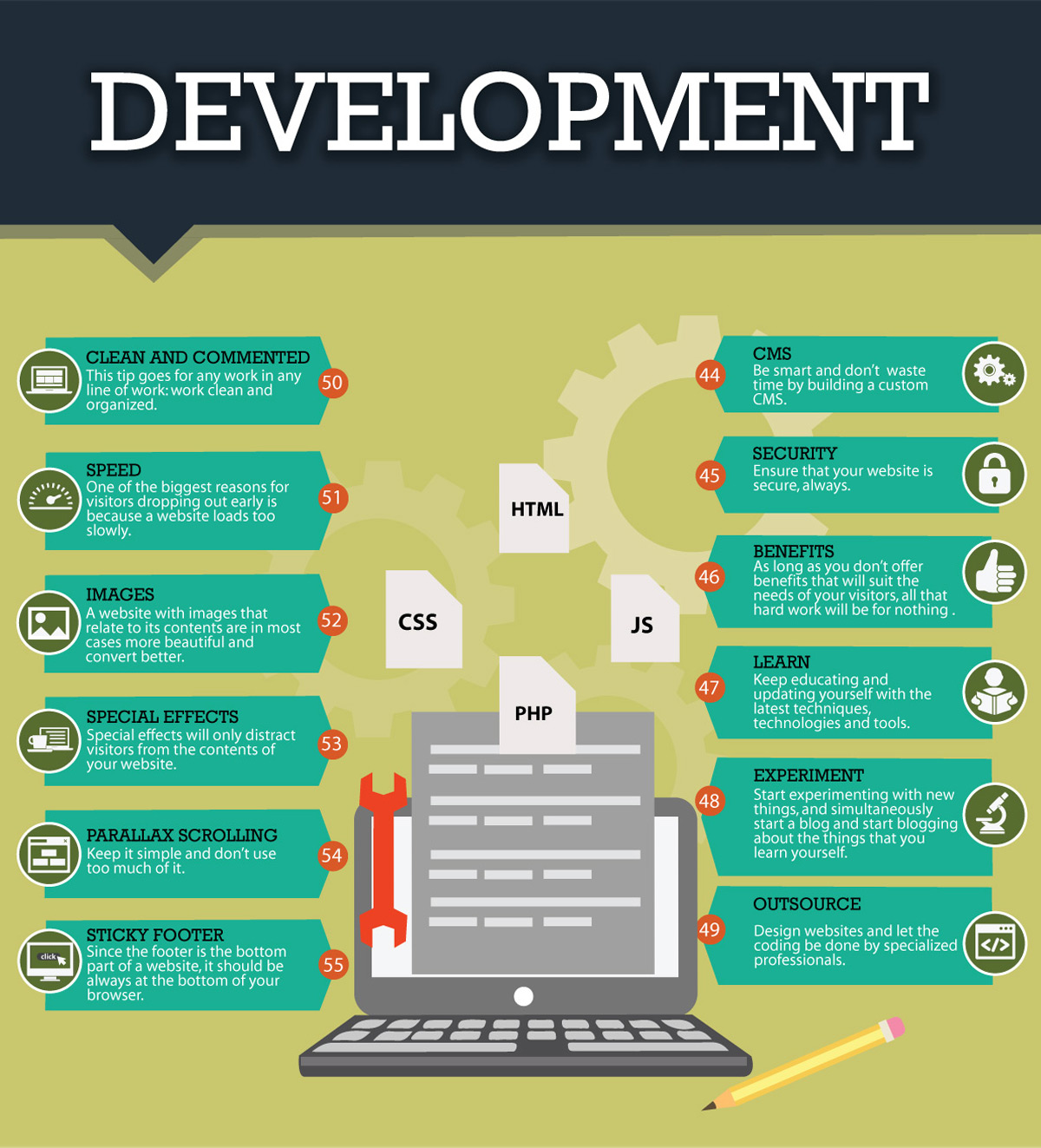The Advancement Of Site Layout: From Past To Present
The Advancement Of Site Layout: From Past To Present
Blog Article
Article By-Rasmussen Peters
In the past, internet sites were simple and focused on information. Navigating was straight, and layout was for desktops. Currently, user experience is essential. Information overviews layouts for very easy navigation. Responsive designs suit various tools. Today, dark mode minimizes stress, and minimalist food selections improve navigating. Interactive attributes engage users, and strong visuals stand out. AI combination boosts engagement. See just how style has progressed to enhance your on-line journey.
Very Early Days of Web Design
In the early days of web design, simplicity reigned supreme. Sites were basic, with minimal shades, typefaces, and layouts. The emphasis was on supplying details instead of showy visuals. Individuals accessed the net via slow dial-up connections, so speed and functionality were crucial.
Navigating food selections were straightforward, generally situated on top or side of the page. Sites were developed for home computer, as mobile browsing wasn't yet prevalent. Web content was king, and designers prioritized easy readability over complex style aspects.
HTML was the primary coding language used, and designers needed to work within its constraints. Animations and interactive features were minimal compared to today's criteria. Web sites were static, with little dynamic material or customized individual experiences.
Rise of User-Focused Design
With the evolution of web site style, a shift in the direction of user-focused design concepts has actually ended up being significantly noticeable. Today, developing sites that prioritize user experience is vital for involving site visitors and attaining company objectives. User-focused style involves understanding the needs, choices, and actions of your target audience to tailor the website's design, content, and includes as necessary.
Developers currently carry out extensive research, such as individual surveys and functionality testing, to gather understandings and responses directly from individuals. This data-driven approach aids in creating user-friendly navigation, clear calls-to-action, and aesthetically appealing interfaces that resonate with visitors. By placing the customer at the facility of the style procedure, web sites can provide a much more individualized and satisfying experience.
Responsive design has actually likewise emerged as an essential facet of user-focused style, making sure that websites are optimized for numerous tools and display dimensions. This adaptability enhances ease of access and use, accommodating the diverse means users interact with websites today. Basically, the increase of user-focused design symbolizes a shift towards producing digital experiences that focus on the requirements and assumptions of the end user.
Modern Trends in Web Design
Discover the most recent trends shaping website design today. One popular pattern is dark setting design, using a sleek and contemporary appearance while lowering eye strain in low-light environments. An additional key trend is minimalist navigating, streamlining menus and improving customer experience by concentrating on essential elements. Integrating micro-interactions, such as animated switches or scrolling impacts, can develop an extra engaging and interactive site. Receptive layout stays essential, guaranteeing seamless customer experiences throughout different gadgets. In Highly recommended Resource site , making use of bold typography and asymmetrical layouts can include aesthetic interest and draw attention to details material.
Incorporating AI innovation, like chatbots for customer assistance or tailored referrals, enhances individual involvement and improves processes. Access has also come to be a substantial fad, with developers prioritizing inclusive style practices to deal with varied user demands. Embracing sustainability by optimizing website efficiency for speed and efficiency is an additional arising trend in website design. Teaming up with customer responses and data analytics to repeat and improve layout constantly is crucial for staying pertinent in the ever-evolving digital landscape. By welcoming these modern-day trends, you can develop a visually appealing, straightforward website that reverberates with your audience.
Conclusion
As you reflect on the advancement of web site design from the early days to now, you can see how user-focused layout has come to be the driving force behind contemporary patterns.
Embrace the journey of adjustment and adaptation in website design, always keeping the customer experience at the center.
Tippingpointdigital
Keep present with the latest patterns and innovations, and never ever stop evolving your method to create aesthetically magnificent and easy to use web sites.
Develop, adjust, and create - the future of web design remains in your hands.
